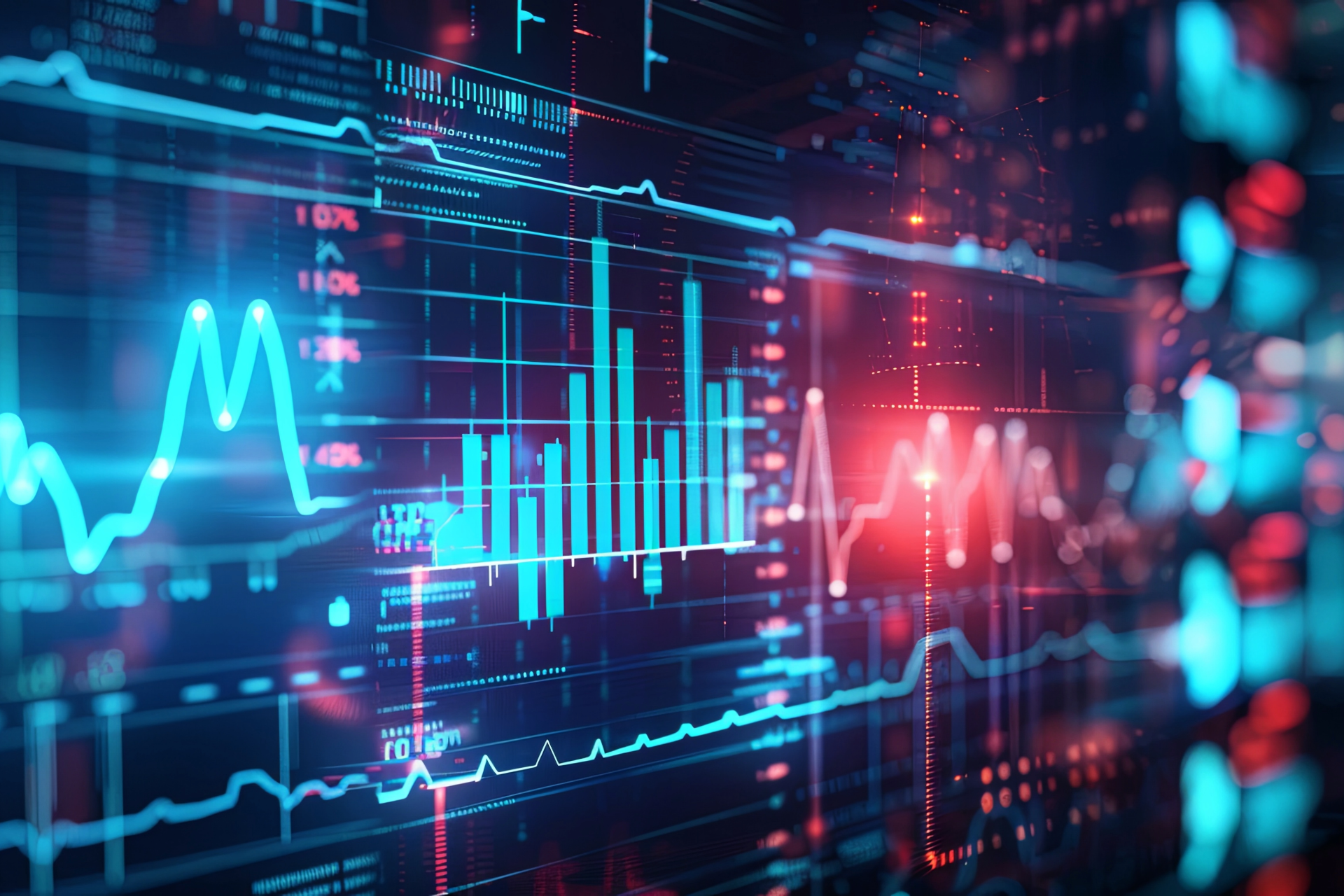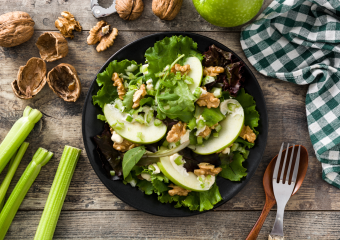Blockchain Revolution: Discover the Future of Food Tech
Blockchain in Restaurant Management
Blockchain technology is not just transforming the financial landscape but is now slicing into the culinary world, promising a revolution in how food is processed, managed, and delivered to consumers. From farm to fork, blockchain’s promise of transparency and efficiency is poised to resolve issues related to food safety, freshness, and supply chain authenticity.
One of the primary applications of blockchain in food tech is in supply chain management. By recording every transaction or exchange on a decentralized digital ledger, every stakeholder in the supply chain —farmers, processors, distributors, and retailers—can trace the provenance and journey of food products in real-time. This not only enhances food safety by quickly identifying and isolating sources of contamination but also boosts consumer confidence as they have access to the backstory of their meal, right from its origin.
IoT and Smart Kitchens
The Internet of Things (IoT) has found its way into the kitchen, turning ordinary appliances into smart devices capable of gathering data, optimizing energy use, and even suggesting recipes based on the ingredients currently available in your pantry. Smart ovens can now be preheated remotely and provide cooking notifications directly to your smartphone, ensuring perfect results every time without being tied to the kitchen.
Moreover, IoT aids in reducing energy consumption and waste. Sensors in refrigerators monitor food conditions and alert users about items nearing their expiration, while interconnected devices can manage energy more efficiently, turning off and on based on peak and off-peak hours, saving costs, and reducing environmental impact.
AI-Driven Customer Experiences: DinersAI at the Helm
As indicated by the rise of platforms like DinersAI, artificial intelligence (AI) is reshaping the dining experience. By analyzing vast datasets, AI can offer personalized recommendations to users, adapting over time to match their taste preferences and dietary restrictions. For restaurants, AI tools provide insights into customer behaviors, helping to tailor the menu and manage inventory more efficiently based on predicted demand.
How DinersAI Utilizes Chatbots and Virtual Assistants
Chatbots and virtual assistants, powered by AI, are becoming central to customer service within the food industry. DinersAI leverages these tools to handle reservations, take orders, and answer customer queries instantly and accurately 24/7. This level of interaction not only enhances customer satisfaction by providing instant support but also optimizes restaurant operations, freeing up human staff to focus on the more creative and interpersonal aspects of service.
Furthermore, these AI-driven systems can manage large volumes of orders with minimal error, scale during peak times without the need for additional human resources, and gather invaluable data about customer preferences and satisfaction.
Conclusion: Mapping the Future of Food Tech
The convergence of technologies such as blockchain, IoT, and AI with the food industry creates a paradigm shift in how we interact with our food and how establishments cater to ever-evolving consumer needs. DinersAI is just one example of how these technologies can be synergized to offer enhancements in efficiency, customer service, and experience.
With these technologies in place, future food tech promises not only greater efficiency and safety but also a more personalized and interactive dining experience. As we continue to innovate, the question isn’t just about what we’ll eat but how technology will transform every aspect of how food is prepared, delivered, and enjoyed. Understanding and embracing these changes now will be key to staying relevant in the rapidly evolving landscape of food technology.





